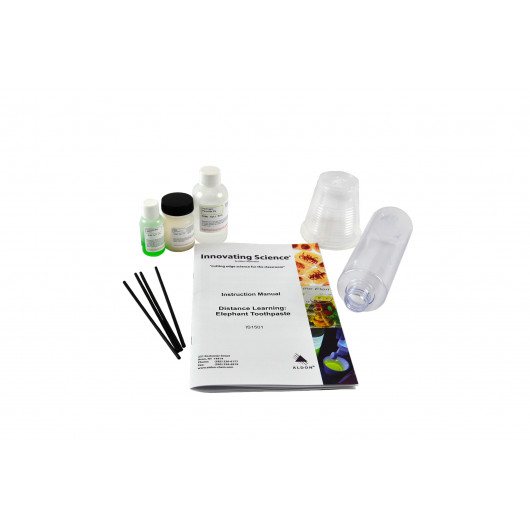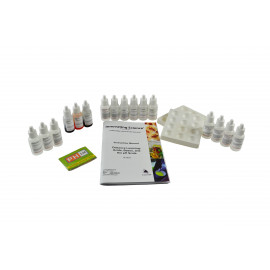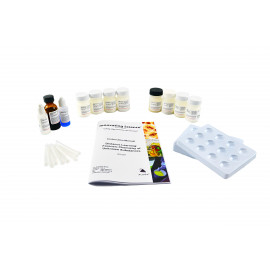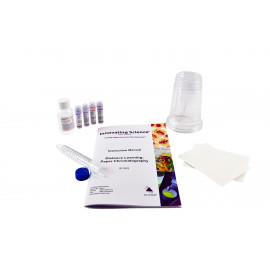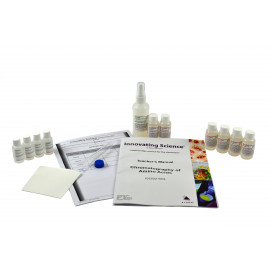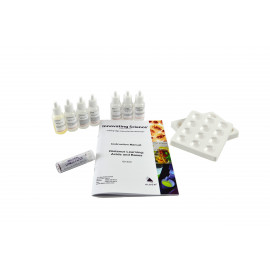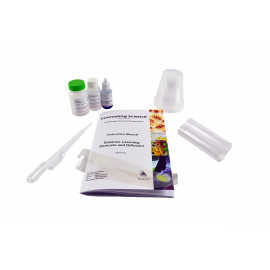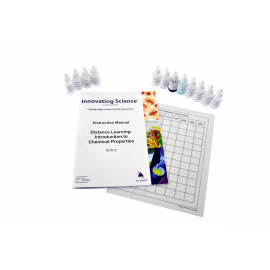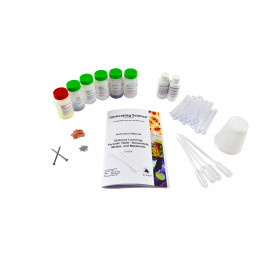This activity is a fun, safe way to teach students the effect a catalyst has on a chemical reaction. The decomposition of hydrogen peroxide can be visualized by mixing in a small amount of dish soap and adding yeast as a catalyst. As the reaction occurs, a large amount of foam is formed that flows up and out of the reaction bottle. This kit contains an Instruction Manual and enough materials to perform the demonstration twice.
Aligned to the Next Generation Science Standards (NGSS)*
Disciplinary Core Ideas: PS1.A; PS1.B
Performance Expectations: 5-PS1-3; 5-PS1-5
Cross Cutting Concepts: Cause and Effect; Scale, Proportion and Quantity
Kit Includes:
- 50mL Hydrogen Peroxide, 3%
- 6mL Dish Soap
- 2g Yeast
- 2 Plastic Cups, 5oz
- 2 Stir Sticks
- 1 Clear Bottle, 8oz
WARNING CHOKING HAZARD
Small parts. Not for children under 3 yrs.
DOT Info:
Non-regulated
*”Next Generation Science Standards” is a registered trademark of Achieve. Neither Achieve nor the lead states and partners that developed the Next Generation Science Standards was involved in the production of, and does not endorse, this product.

